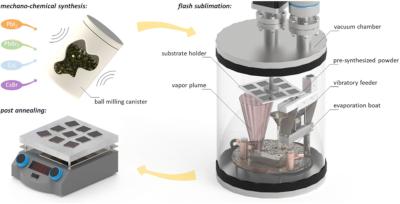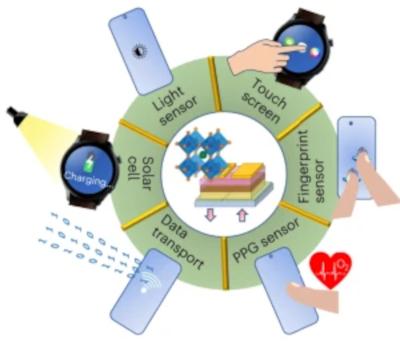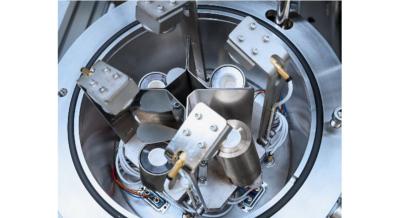Researchers highlight the potential of ambient air annealing for efficient inorganic CsPbI3 perovskite solar cells
Researchers from Helmholtz-Zentrum Berlin (HZB) and the University of Potsdam have analyzed surfaces and interfaces of CsPbI3 films, produced under different conditions, at BESSY II. They found that annealing in ambient air does not have an adverse effect on the optoelectronic properties of the semiconductor film, but actually results in fewer defects. This could simplify the mass production of inorganic perovskite solar cells.
The best performing perovskite semiconductors contain organic cations such as methylammonium, which cannot tolerate high temperatures and humidity, so their long-term stability is still a challenge. However, methylammonium can be replaced by inorganic cations such as Cesium (Cs). Inorganic halide perovskites with the molecular formula CsPbX3 (where X stands for a halide such as chloride, bromide and iodide) remain stable even at temperatures above 300 °C. CsPbI3 has the best optical properties for photovoltaics (band gap ∼1.7 eV).




